Introduction:
The evolution of spam filtering algorithms has been a double-edged sword for businesses. While they’ve become more effective at blocking unwanted emails, they’ve also increased the likelihood of legitimate emails being mistakenly marked as spam. This situation necessitates a deeper understanding and regular monitoring of your junk mail, especially for businesses in highly regulated industries. This blog explores the crucial role of overseeing your junk mail and offers strategies to train your spam filtering system in light of these recent changes.
The Shift in Spam Filtering Algorithms:
Email filtering technology has advanced significantly, largely in response to the evolving complexity of spam attacks. Modern algorithms use artificial intelligence (AI) and machine learning to parse through emails, making them more efficient yet sometimes overly cautious. This enhanced sensitivity, while beneficial in many aspects, often results in ‘false positives’ – legitimate emails wrongfully categorized as spam.
Business Implications:
In sectors where communication holds pivotal importance, such as finance, healthcare, and legal, the repercussions of missing an important email due to it being flagged as spam can be substantial. It could mean lost business opportunities, broken communication chains, or compliance issues.
Strategies for Effective Junk Mail Management:
- Routine Checks: Regularly review your junk or spam folder. Depending on the volume of emails you receive, this could range from daily to several times a day.
- Whitelist Crucial Contacts: Proactively add email addresses or domains of important contacts, clients, and vendors to your email whitelist to ensure their messages always reach your inbox.
- Team Awareness: Educate your team about the importance of monitoring the junk mail folder. Regular training can reinforce this practice.
- Train Your Filter: When legitimate emails are found in the junk folder, marking them as ‘not spam’ helps train your email system to better recognize legitimate messages.
Customizing Your Email Filter:
Work closely with your IT department or service provider to fine-tune your email filtering settings:
- Adjust Filter Sensitivity: Balance the need to reduce spam against the risk of missing important emails by tweaking the filter’s sensitivity.
- Implementing Specific Rules: Develop custom filtering rules that reflect the nature of your industry and the types of emails typically received.
- Regular Filter Reviews: Periodically review and adjust your email filter settings to stay in sync with changing email communication trends and spam tactics.
Conclusion:
In an era where email is a critical communication tool for businesses, vigilance in managing your email system, particularly the junk mail folder, is imperative. The key to navigating the current landscape of advanced spam filters is a combination of regular monitoring, team education, strategic filter training, and personalized filter settings. By adopting these practices, businesses can ensure that important communications are never overlooked, safeguarding operational efficiency and professional relationships.
Author: Chris Prader, MBA Information Systems Management
